Products Copper Opened 1819 | Country Chile Type Underground | |
 | ||
El Teniente ("The Lieutenant") is an underground copper mine in the Chilean commune of Machalí in Cachapoal Province, Libertador General Bernardo O'Higgins Region, near the town of Sewell, 2,300 m (7,500 ft) above mean sea level in the Andes.
Contents
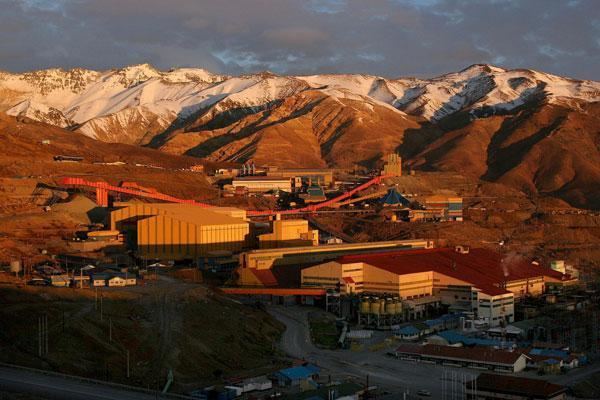
Mining at El Teniente is reported to have started as early as 1819. Kennecott Copper Corporation ran the mine through a subsidiary company up until the Chilean nationalization of copper and the formation of the state owned copper mining company Codelco, who currently operates the mine. With over 3,000 kilometres (1,900 mi) of underground drifts, it is reported as "the world's biggest underground copper mine", and is the largest of Codelco's operations.
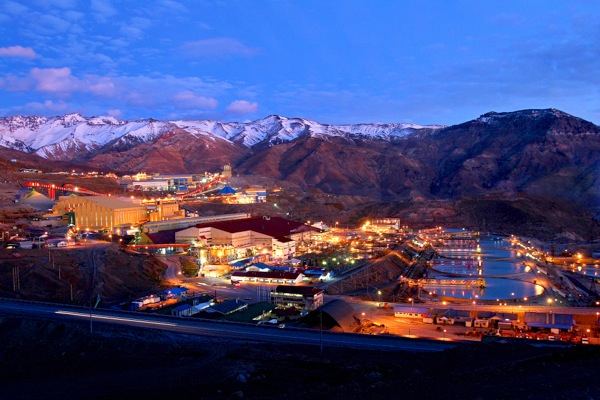
El Teniente mine is undergoing, since 2011, a structural project called New Mine Level (NML). It consists of expanding the mine deeper into the hill at 1,880 meters above sea level. The project is being carried out without interrupting the operation of El Teniente Division.
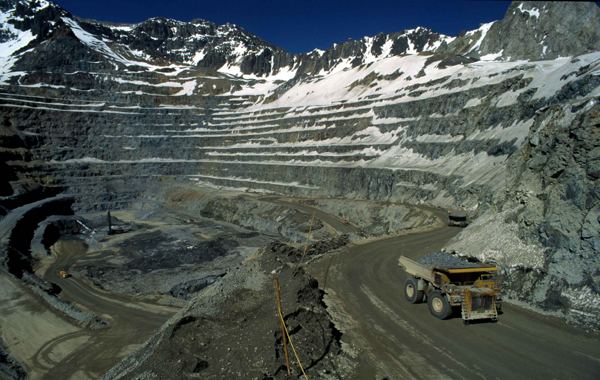
History
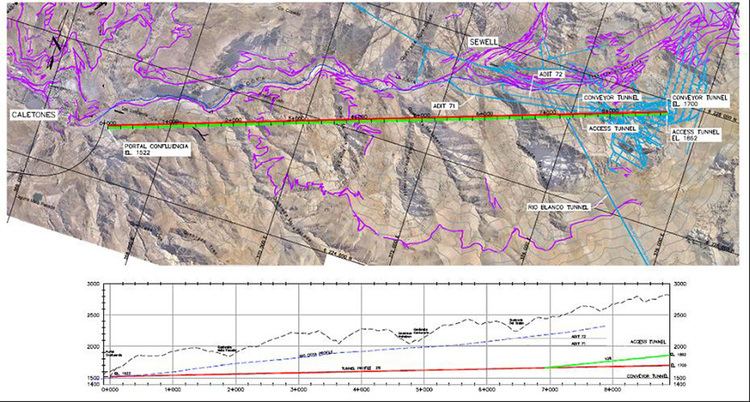
According to legend, the El Teniente mine was discovered in the 1800s by a fugitive Spaniard official, with exploitation beginning in 1819. The best ore was mined manually in what would be called the Fortuna sector, and transported by animal.
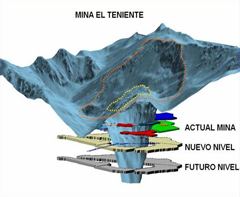
In 1904 William Braden (an engineer from New York City) and E.W. Nash formed the Braden Copper Company, built a road for carts, and a concentrating plant, which was in operation by 1906. In June 1910, the Guggenheims took control of the mine and provided financing.
Chileans referred to the large scale mining operation as La Gran Minería del Cobre.
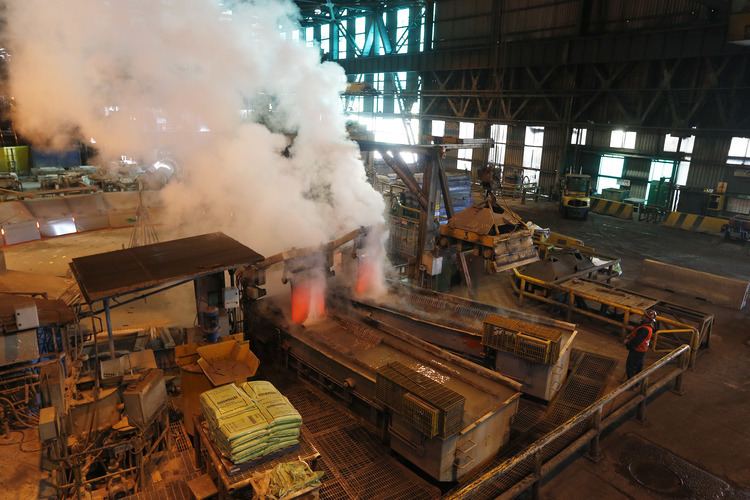
In 1967 the Chilean government bought a 51% stake in the mine and founded Sociedad Minera El Teniente. Under this agreement a new concentrator was built, and the mine expanded its production to 63,000 t (69,000 short tons) per day. Braden became a subsidiary company of Kennecott Copper Corporation in 1916 and on July 11, 1971 with the Chilean nationalization of copper under President Salvador Allende and the formation of the Corporación Nacional del Cobre de Chile (known as Codelco), El Teniente became a state owned operation. The Chilean government was to pay Kennecott $92.9-million for the property. The mine has increased production to 100,000 t (110,000 short tons) of ore per day, and in 2006 the mine produced over 418,000 t (461,000 short tons) of copper.
The Vancouver, British Columbia, Canada based company Amerigo produces both a copper and molybdenum concentrate from El Teniente's tailings, and also has the right to treat higher grade tailings from a large abandoned tailings impoundment near to the El Teniente property.
Geology
The copper ore deposits are those of a typical copper porphyry and associated alteration-mineralization. These altered zones include chalcopyrite, pyrite, bornite and molybdenite as hypogene minerals and chalcocite as a supergene mineral. The ore body surrounds the Braden Pipe in a continuous ring with a width of 2000 feet. The pipe is a geologic structure in the shape of an inverted cone, having a surface diameter of 4000 feet, and consisting of post-pipe breccia called the Braden Formation. The boundary of the pipe is marked by this post-pipe breccia and a pre-pipe breccia forming a belt up to 200 feet wide. "The Braden Pipe was a center of strong mineralization and structural weakness before the pipe was formed." Copper mineralization and pipe formation occurred in the Pliocene. Ore was originally mined from the Fortuna orebody at the southwest quadrant starting in 1906. Since 1922, the larger Teniente orebody has also been mined on the east side. "The best grade of ore is found in altered andesite or in andesitic flow breccia adjacent to the pre-pipe breccia."
Labour disruptions
As of 2007 Codelco employed 17,000 direct-hire company employees and 28,000 contract employees across all their operations. There have been multiple labour disruptions at the El Teniente mine.
1983
In 1983 El Teniente and two other Codelco mines closed when approximately 13,000 workers voted to strike "indefinitely" in protest of a union leaders arrest for calling for an end to military rule in Chile. Between the three mines at least 3,300 workers and 37 labour leaders were fired for participating in the strike.
2008
Contract workers went on strike at Codelco mines in 2008. El Teniente and two other Codelco mines were closed, El Teniente for the shortest length. Company employees continued to work, however striking workers closed access to the mines and threw stones at buses transporting employees from the mine to the town of Rancagua. At least one employee was injured, he was hit by a metal object thrown by a protester on the highway leading to the mine.
